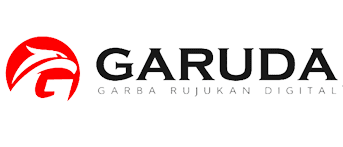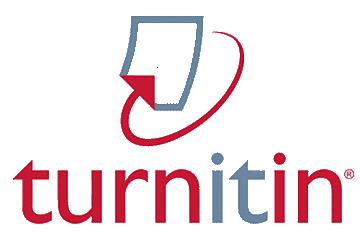Penerapan Metode Design Thinking Dalam Membangun Aplikasi Sumber Daya Manusia (Human Resources)
##plugins.pubIds.doi.readerDisplayName##:
https://doi.org/10.63643/jodens.v3i1.131关键词:
Applications, Design Thinking, Human Resources摘要
A company certainly has human resources that must be managed. The process of managing human resources has been computerized, but most of it is still manual and because of that the Human Resources Department (HRD) find it difficult to manage. The problem that is often encountered in managing employee data is the difficulty of recording, storing, and managing employee data due to the large number of employees. The purpose of this research is to build a Human Resources (HR) applications that makes it easier for HR to record employee data. The design of this applications uses the Design Thinking method which consists of empathize, define, ideate, prototype, and test stages. The aim of the design is for researchers to have a deep interest in developing understanding from users. This helps researchers to observe and develop empathy with the target users. The result of this research is the applications of Human Resources which can make it easier to overcome difficulties in recording, storing, and managing employee data.
参考
E. Nurhayati, H. Sawiji and P. Ninghardjanti, “PENERAPAN ELECTRONIC HUMAN RESOURCE MANAGEMENT (eHRM) DI BAGIAN TATA USAHA BALAI BESAR WILAYAH SUNGAI BENGAWAN SOLO,” Jurnal Informasi Dan Komunikasi Administrasi Perkantoran, pp. 118-130, 2020.
H. M. E. Romli, “Sumber Daya Manusia Berdimensi Global (H. Mochammad Edwar Romli) Sumber Daya Manusia Berdimensi Global,” Jurnal Media Wahana Ekonomika, vol. 15, pp. 68-76, 2018.
A. Hairiyadi and T. K. Ahsyar, “SISTEM ELECTRONIC-HUMAN RESOURCE MANAGEMENT (e-HRM) MENGGUNAKAN METODE RAPID APPLICATION DEVELOPMENT (Studi Kasus: PT. Andesta Mandiri Indonesia),” Jurnal Ilmiah Rekayasa dan Manajemen Sistem Informasi, vol. 5, pp. 126-135, 2019.
S. A. Setiawan and I. Handriani, “Sistem Pencatatan Dan Pendataan Manajemen Sumber Daya Manusia Dengan Model Scrum (Studi Kasus: Pt Bintang Trans Khatulistiwa),” Journal Scientific and Applied Informatics (JSAI), vol. 2, 2019.
A. A. Mucjal, G. P. Mahardhika and B. Suranto, “Perancangan Ivent: Aplikasi berbasis Android dengan pendekatan Design Thinking,” Automata, vol. 2, 2021.
F. Fariyanto, S. and F. Ulum, “PERANCANGAN APLIKASI PEMILIHAN KEPALA DESA DENGAN METODE UX DESIGN THINKING (STUDI KASUS: KAMPUNG KURIPAN),” Jurnal Teknologi dan Sistem Informasi (JTSI), vol. 2, pp. 52-60, 2021.
D. Heryanto, H. S. T. Taufiqi, R. A. Putri and D. Febrianti, “Perancangan aplikasi pemindahan barang berbasis mobile,” INTEGRATED (Information Technology and Vocational Education), vol. 4, pp. 89-96, 2022.
S. Adam and M. , “PERANCANGAN SISTEM INFORMASI PENDUKUNG PEMULIHAN KESEHATAN MENTAL DENGAN PENDEKATAN DESIGN THINKING,” Jurnal Sistem Informasi (JSI), vol. 14, 2022.
S. Adam and S. Widiantoro, “Rancang Purwarupa Aplikasi Becakap Bagi Masyarakat Pesisir dengan Pendekatan Design Thinking,” Journal of Applied Informatics and Computing (JAIC), vol. 3, pp. 96-101, 2019.
E. Gumulya and S. , “IMPLEMENTASI SISTEM INFORMASI SUMBER DAYA MANUSIA DENGAN MODUL RECRUITMENT PADA PT. XYZ,” Jurnal Informatika Terpadu, vol. 5, pp. 65-70, 2019.
##submission.downloads##
已出版
##submission.howToCite##
期
栏目
##submission.license##
##submission.copyrightStatement##
##submission.license.cc.by4.footer##















